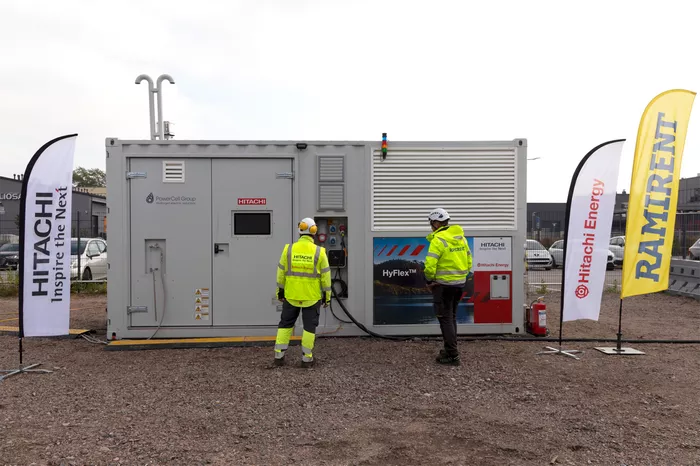A pilot project testing the use of a hydrogen generator to supply electricity to docked ships at the Port of Gothenburg is nearing its final phase. This initiative could provide a solution for ports where conventional shore power connections are not feasible, potentially reducing emissions at locations globally.
A Green Alternative to Conventional Engines
The use of shore-side electricity to power vessels at dock instead of relying on their engines can significantly cut carbon dioxide emissions. The Port of Gothenburg was an early adopter of On-shore Power Supply (OPS) facilities in the early 2000s, marking a milestone with the installation of OPS systems at Stena Line’s terminals serving Germany and Denmark.
Despite these advances, many ports worldwide lack the infrastructure required for OPS, which demands considerable investment and a stable electrical grid. For these locations, mobile hydrogen generators may offer a viable alternative.
Hydrogen-Powered Solution Tested at Stena Line Terminal
As part of a two-week pilot project, a hydrogen generator was connected to Stena Line’s existing shore power system at the Port of Gothenburg. Using green hydrogen as fuel, the generator supplied electricity to the vessels Stena Germanica and Stena Scandinavica while docked.
Anders Peterson, Group Head of Port Development & Engineering at Stena Line, emphasized the importance of exploring alternative technologies to reduce emissions: “This project demonstrates that there are alternative solutions for ports without the necessary infrastructure for shore power.”
Meeting Future Emissions Regulations
By 2030, EU regulations will require container and passenger vessels to use OPS while at berth. A study by the International Council on Clean Transportation (ICCT) estimates that OPS could reduce emissions by more than one million tonnes of carbon dioxide annually. Viktor Allgurén, Head of Innovation at the Port of Gothenburg, sees hydrogen as a potential solution to help ports meet these upcoming requirements.
“Given the shared global responsibility for climate change, it’s crucial that as many ports as possible succeed in meeting these demands,” Allgurén said. “We are excited to partner with Stena Line in testing this technology, which could offer a sustainable solution for many ports.”
Collaboration with Industry Partners
The hydrogen generator tested at the Port of Gothenburg was developed by Hitachi Energy, with PowerCell Group providing expertise in fuel cell integration and power modules. The hydrogen used in the project was supplied by Linde Gas, ensuring that the generator operated entirely on green hydrogen.
Tobias Hansson, Managing Director of Hitachi Energy in Sweden, expressed satisfaction with the collaboration: “We are thrilled with the results of this project and the opportunity to explore new applications for hydrogen technology in a range of industries—from construction sites to port terminals.”
Expanding Hydrogen Use at the Port of Gothenburg
The Port of Gothenburg is already experimenting with hydrogen in other applications. The port has a hydrogen refueling station for trucks, and hydrogen-powered work vehicles are currently being tested. Additionally, the same hydrogen technology used in the OPS trial is being employed by Skanska to power heavy machinery for a major terminal expansion project.
Related topics:

